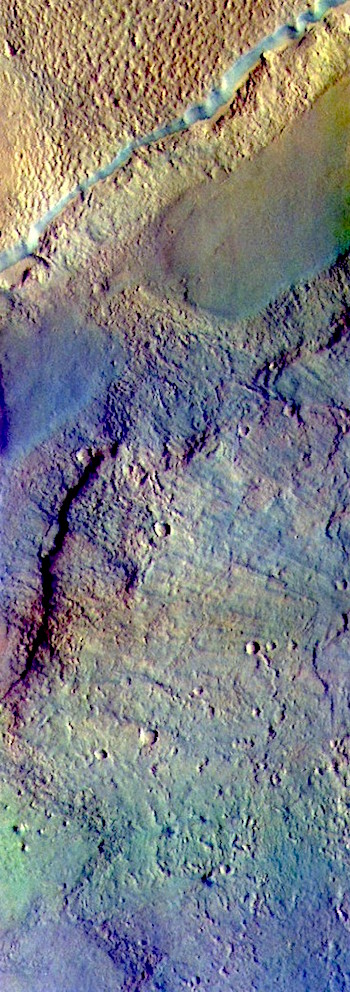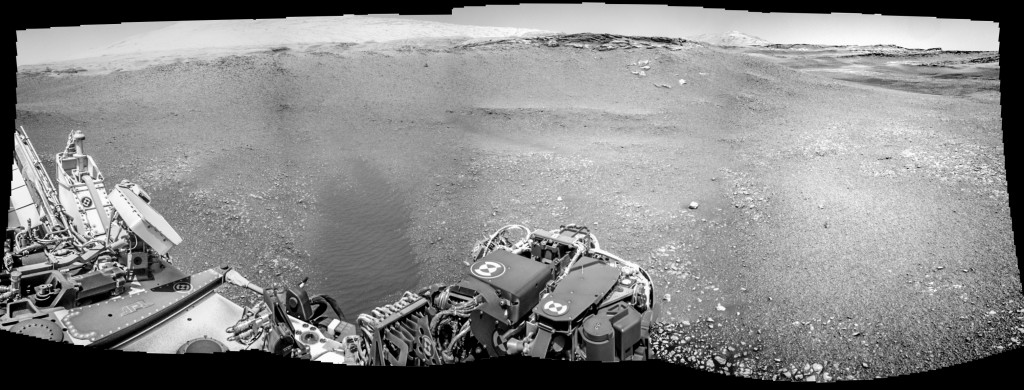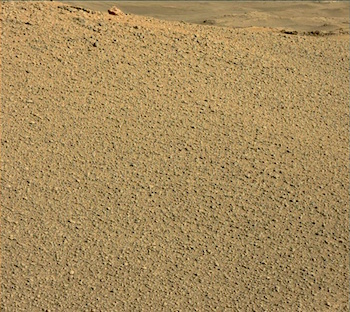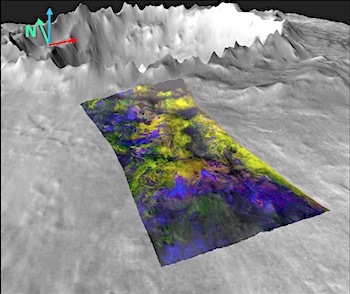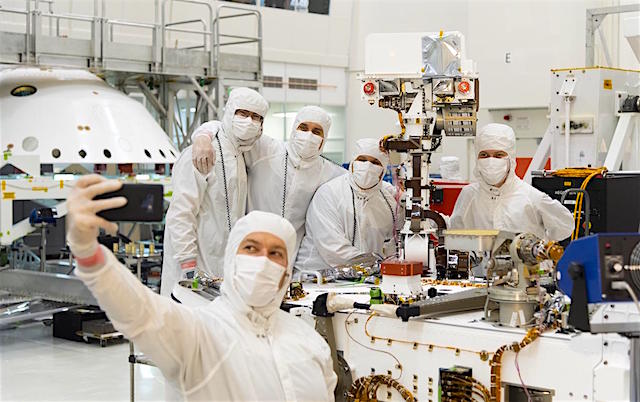 In this image, taken on June 5, 2019, engineers at NASA’s Jet Propulsion Laboratory in Pasadena, California, take a moment after attaching the remote sensing mast to the Mars 2020 rover in the Spacecraft Assembly Facility’s High Bay 1 clean room. Full integration of the mast – a process that includes installation of science instrument sensors, electrical wiring and checkout – continued into the following week, concluding on June 11.
In this image, taken on June 5, 2019, engineers at NASA’s Jet Propulsion Laboratory in Pasadena, California, take a moment after attaching the remote sensing mast to the Mars 2020 rover in the Spacecraft Assembly Facility’s High Bay 1 clean room. Full integration of the mast – a process that includes installation of science instrument sensors, electrical wiring and checkout – continued into the following week, concluding on June 11.
During Mars 2020′s launch, interplanetary cruise, and its fast and fiery descent toward the Martian surface, the mast will be in stowed flat on the rover’s deck. Soon after touchdown, the mast (which tops out at over 7 feet, or 2.2 meters) will be raised to provide a high perch for the SuperCam, Mastcam-Z and Mars Environmental Dynamics Analyzerinstruments as well as four Navcam engineering cameras. [More at link]
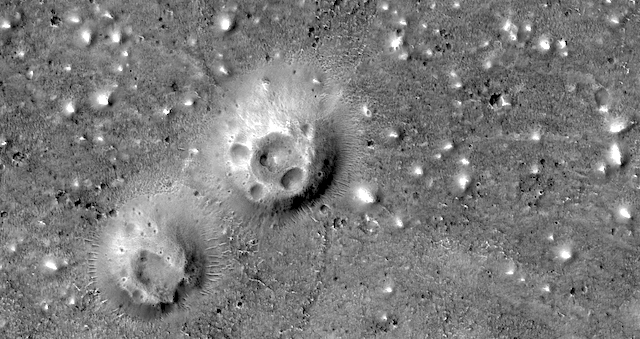 Cratered cones on northern plains. The title alone sounds delicious. These cratered cones might be mud volcanoes, landforms created by the eruption of mud or slurries, water and gases. No lava involved.
Cratered cones on northern plains. The title alone sounds delicious. These cratered cones might be mud volcanoes, landforms created by the eruption of mud or slurries, water and gases. No lava involved.








